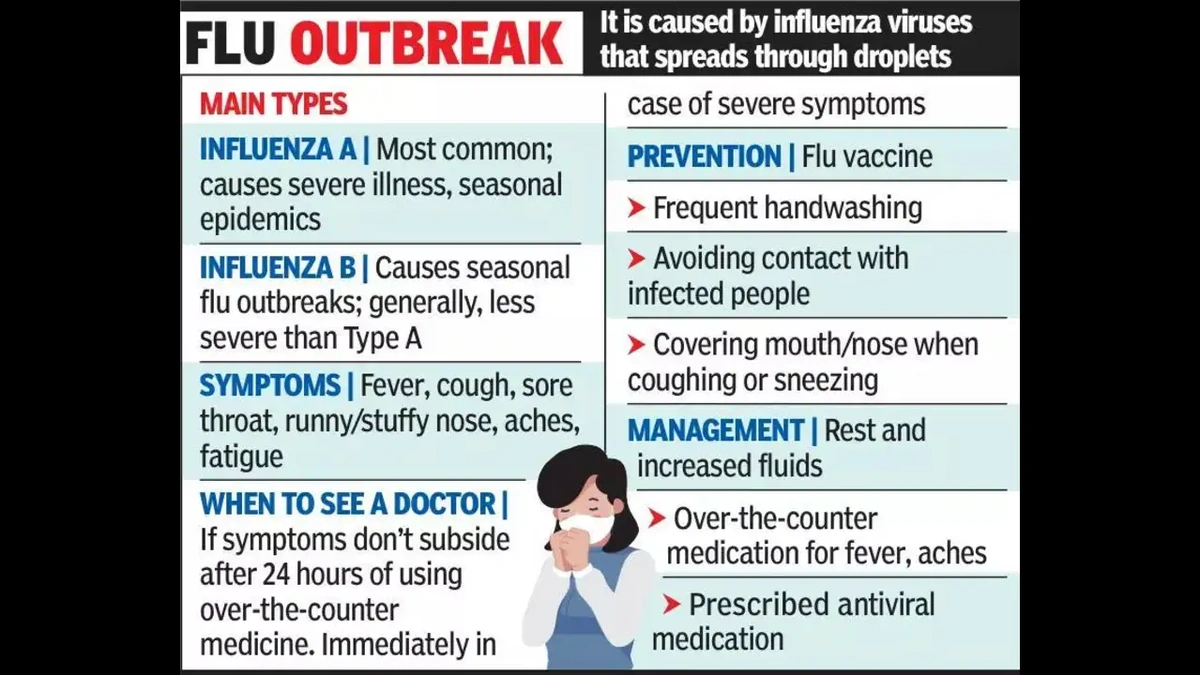Senegal Rift Valley Fever Outbreak | Death Toll Reaches 17
Okay, let’s be real. When you hear about a disease outbreak in another country, especially one with a name like Rift Valley Fever , what’s the first thing that pops into your head? If you’re anything like me, it’s probably a mix of concern and… well, a little bit of curiosity, right? The news is out: Senegal is battling a Rift Valley Fever outbreak, and sadly, the death toll has reached 17. But beyond the headlines, what does this actually mean? Why should we, sitting here in India, even care? Let’s dive deep.
The “Why” | Understanding the Global Impact of RVF

Here’s the thing: outbreaks like the one in Senegal aren’t just isolated incidents. They’re interconnected pieces of a much larger global health puzzle. Rift Valley Fever (RVF) isn’t new – it’s been around for decades, primarily affecting livestock in Africa. But its increasing frequency and geographical spread are raising serious alarms. What fascinates me is how seemingly localized events can have ripple effects across continents. We live in a connected world; diseases don’t respect borders. As global temperatures change, and ecological balances are disrupted, we can expect to see more outbreaks like this.
So, why Senegal? Well, several factors contribute to RVF outbreaks. Heavy rainfall often plays a role, creating breeding grounds for the mosquitoes that transmit the virus. Changes in agricultural practices and land use can also bring livestock, and therefore the virus, into closer contact with human populations. According to the World Health Organization, RVF is a zoonotic disease, meaning it spreads from animals to humans. Typically, people get infected through contact with infected animal blood, body fluids, or tissues. Consuming raw or unpasteurized milk from infected animals can also transmit the disease.
And here’s where the “why” gets even more critical. The potential for RVF to spread beyond Africa is a genuine concern. Infected animals can be transported across borders, and competent mosquito vectors (mosquitoes capable of transmitting the virus) exist in many parts of the world. This raises the spectre of RVF establishing itself in new regions, including, potentially, parts of Asia. It’s crucial to understanding the public health implications and bolster our preparedness.
How RVF Spreads | A Closer Look at Transmission
Let’s break down exactly how RVF spreads, because understanding the transmission routes is key to prevention. The primary vector is, as mentioned, mosquitoes – specifically, certain species that thrive in floodwaters and stagnant pools. When these mosquitoes bite infected animals (cattle, sheep, goats, and camels are particularly susceptible), they pick up the virus and can then transmit it to humans or other animals. But, it’s not just mosquitoes. Direct contact with infected animal tissues during slaughtering, veterinary procedures, or handling carcasses is a significant risk factor. In fact, this is often how farmers and agricultural workers get infected. And, while less common, human-to-human transmission can occur through contact with infected bodily fluids.
What I initially thought was straightforward, but then I realized how intricate transmission can be. The disease is not limited to affecting just humans, understanding the impact on livestock provides insight into the greater risks that affect communities.
Preventative Measures | What Can Be Done?
Okay, so the picture might seem a bit bleak. But here’s the good news: RVF can be prevented and controlled. A multi-pronged approach is essential, focusing on both animal and human health. Vaccination of livestock is a critical tool, helping to reduce the reservoir of the virus in animal populations. Implementing mosquito control measures, such as draining stagnant water and using insecticides, can also help to break the transmission cycle. For people working with livestock, wearing protective clothing (gloves, masks, and long sleeves) and practicing good hygiene are crucial. And, of course, avoiding consumption of raw milk or undercooked meat from animals in affected areas is a must.
Public awareness campaigns also play a vital role in educating communities about the risks of RVF and how to protect themselves. Early detection and reporting of suspected cases are essential for prompt intervention and control. Investing in research to develop better diagnostic tools and vaccines is also crucial for long-term prevention and control efforts. According to the Wikipedia page on RVF , control efforts also depend on improving weather monitoring systems and predicting flooding.
Another thing that I see people often forget: Education campaigns targeting agricultural workers and communities are very important. The one thing you absolutely must double-check is whether your community has these resources or not. The health and safety of people must be prioritized.
The Indian Context | Are We at Risk?
Now, let’s bring this back to India. Are we at risk of RVF outbreaks? The honest answer is: we don’t know for sure. While RVF hasn’t been reported in India to date, the presence of competent mosquito vectors and the increasing globalization of trade and travel mean that the risk cannot be completely ruled out. India’s large livestock population could potentially be vulnerable if the virus were introduced. Therefore, strengthening surveillance systems for early detection of RVF in both animals and humans is crucial. Collaboration with international organizations, such as the WHO and the Food and Agriculture Organization (FAO), can help to share information and best practices for RVF prevention and control. Investing in research to assess the risk of RVF in India and develop appropriate preparedness plans is also essential.
Global Health Security : A Shared Responsibility
Ultimately, the RVF outbreak in Senegal highlights the importance of global health security. Diseases don’t recognize borders, and outbreaks in one part of the world can have implications for all of us. Strengthening health systems in developing countries, investing in research and development, and promoting international collaboration are all essential for preventing and controlling infectious diseases. We have a shared responsibility to protect ourselves and future generations from the threat of emerging and re-emerging infectious diseases. Understanding the need for prompt disease reporting leads to preventing spread.
So, next time you see a headline about a disease outbreak in another country, don’t just dismiss it as something that doesn’t concern you. Recognize that we’re all interconnected, and that global health security is a shared responsibility. By working together, we can protect ourselves from the threat of infectious diseases and build a healthier future for all. The spread of a virus like Rift Valley Fever could have disastrous results, and the world must work to prevent that outcome.
FAQ Section
What are the symptoms of Rift Valley Fever in humans?
In humans, RVF can cause flu-like symptoms such as fever, muscle pain, headache, and fatigue. Some people may develop more severe symptoms, such as encephalitis (inflammation of the brain) or hemorrhagic fever.
How is Rift Valley Fever diagnosed?
RVF can be diagnosed through laboratory tests that detect the virus or antibodies against the virus in blood samples.
Is there a vaccine for Rift Valley Fever in humans?
There is currently no widely available vaccine for RVF in humans. However, vaccines are available for livestock.
What is the treatment for Rift Valley Fever?
Treatment for RVF is primarily supportive, focusing on relieving symptoms and preventing complications.
Can Rift Valley Fever be prevented?
Yes, RVF can be prevented through vaccination of livestock, mosquito control measures, and avoiding contact with infected animals or their products.
What should I do if I suspect I have Rift Valley Fever?
If you suspect you have RVF, seek medical attention immediately and inform your healthcare provider about your travel history and any contact with animals.













